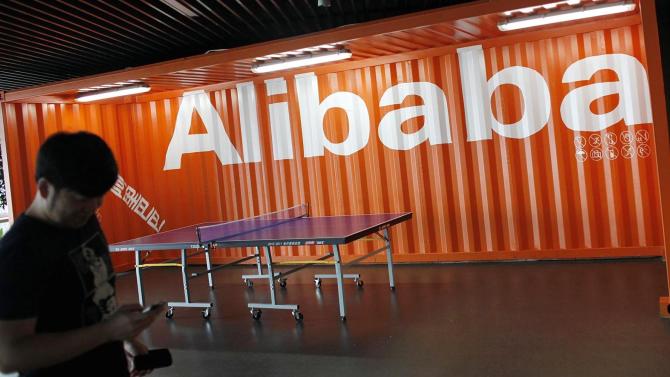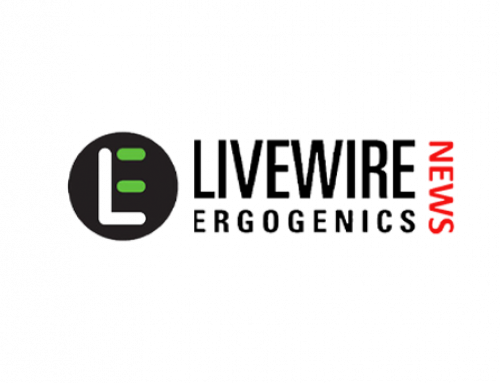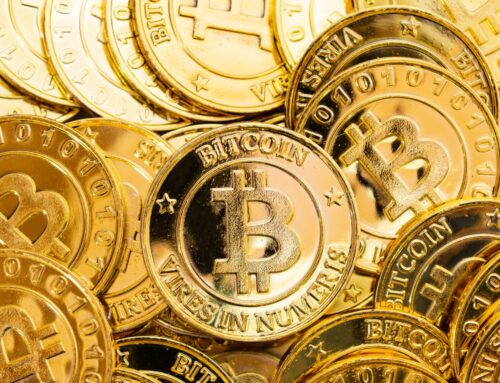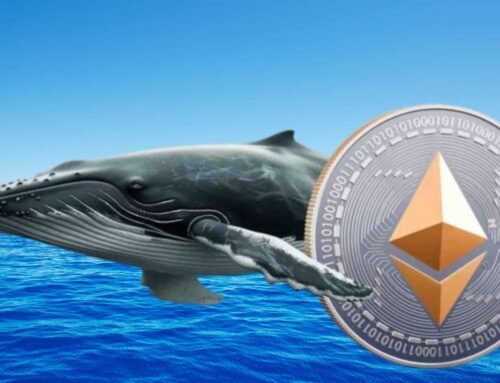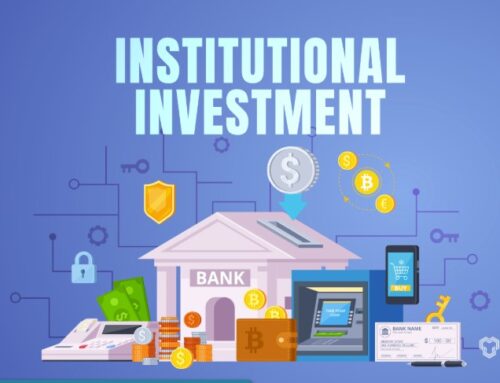Buying Yahoo to play Alibaba? History hints at future moves
September 14, 2014
≈Buying Yahoo to play Alibaba? History hints at future moves
Some people will buy a house if that’s the only way to get at an oil well underneath it. The same logic can drive pay-dirt-hunting investors to buy into a company they’re indifferent to, purely as a way to play another business it owns.
As Wall Street excitedly awaits the near-$24 billion Alibaba Group initial public offering next week, traders have been bidding up shares in two big tech companies with hefty stakes in the Chinese e-commerce megalith: Yahoo Finance parent Yahoo Inc. (YHOO), which owns 22%, and Japan’s SoftBank (SFTBY) conglomerate, which holds 34%.
While Alibaba represents a larger proportion of Yahoo’s market value due to SoftBank’s greater heft, the two stocks are up a similar mid-teens percentage since Aug. 12, when Alibaba streamlined its corporate structure to facilitate the IPO and set a schedule for the marketing and pricing of its shares.
At $66, the high end of Alibaba’s stated IPO price range, the company will be an instant mega-cap tech bellwether with a $160 billion-plus market capitalization. (Demand for Alibaba shares has been so high that order books are expected to close early, and the initial price range could be lifted.) Even after Yahoo and SoftBank sell some of their holdings in the IPO as planned, Alibaba will continue to represent a majority of the market values of Yahoo and Alibaba, which will retain 16.3% and 32.4% stakes, respectively. (Taxes on any Alibaba sale reduce the effective value of these stakes.)
I’ll leave to others the task of estimating a proper value for Yahoo’s operating business excluding the Alibaba position. But there have been several instances over the past decade and a half in which one company’s stock became a virtual, temporary proxy for a hotly sought subsidiary or its stake in a third-party company. A look at how the “proxy stock” behaved before and after an IPO or spinoff in the coveted company shows a broad pattern of initial decline, then eventual recovery as a fresh set of investors begin evaluating the parent or proxy company on its own terms and fundamentals.
An extreme case
Possibly the most extreme case of blinkered overreaction to one company’s value being bound up in another happened at the very apex of the Internet bubble. Network-equipment maker 3Com owned Palm, producer of an early handheld tablet device. In the months leading up to the Palm IPO a week before the ultimate March 2000 peak in the Nasdaq, 3Com shares were surging with speculators’ eagerness to get and flip Palm shares.
Palm’s IPO priced at $38 and soared to $140 within hours before closing its first day at $96. 3Com the same day shed 21% of its value, and for months thereafter, 3Com traded at a significant discount to its stake in Palm, placing a deeply negative value on its profitable core business.
(This shouldn’t happen under efficient market theory, and the situation became a staple of academic finance papers seeking to explain the upside-down logic. The answer is some combination of difficulty executing arbitrage to rectify the disparity, and a totally separate investor base populating the inflated stock – one that cares only about trendy growth and not profits.)
In the tech bear market, Palm flamed out and 3Com settled down but struggled fundamentally; both companies were eventually acquired by Hewlett-Packard Co. (HPQ) a decade later for much less than their bubble peak.
Around the same time, an unlikely pairing of a railroad and an explosively growing mutual-fund company produced a setup somewhat similar to Yahoo-Alibaba.
Kansas City Southern (KSU) had bought a small Denver asset manager called Janus in the 1980s, which few noticed until the mid- to late-‘90s, when Janus’ aggressive-growth funds epitomized the go-go bull market and attracted torrents of investor money. Kansas City Southern stock, at a time when investors neglected the rail business, went vertical as Janus assets exploded monthly, rising 500% from 1996 to 2000.
Janus executives wanted the firm’s freedom, and KCS brass grappled with them over the terms. But after years of wrangling, Janus was bundled with other financial businesses into a unit called Stilwell Financial and spun off in July 2000. Stilwell represented some 90% of the total company, leaving KCS trading below $5.
The stock found its footing, though, as value investors were given a chance to buy a pure-play railroad at a discount, and the shares outperformed the broad market nicely over the next couple of years. Here was an instance of the house above the oil well turning out to be a pretty good investment in itself, long after the oil was extracted and sold.
A few years later, early Silicon Valley chipmaker Cypress Semiconductor Corp. (CY) set plans to sell a stake in solar-cell producer Sunpower Corp. (SPWR) as interest in sustainable energy names began to build on Wall Street. Cypress’ CEO stated publicly in April 2005 it planned to do a partial IPO of Sunpower. In the seven months between then and the Nov. 21 debut of Sunpower, Cypress shares ramped by 44% as the Nasdaq went sideways.
Right after the IPO, Cypress stock dropped 11% over a couple of weeks, presumably as investors using it for a Sunpower proxy bailed. But Cypress retained a stake in Sunpower, and in 2007 as oil prices went vertical and mania erupted in solar names, Cypress lurched higher along with it.
Though McDonalds Inc. (MCD) was vastly larger than Chipotle Mexican Grill Inc. (CMG) at the time Chipotle came public in late January 2006, McDonalds’ shares did seem to get a lift in the run-up to the deal’s pricing. McDonalds had invested in Chipotle at an early stage and sold some of its own shares in the IPO, which was an instant success and has been among the best new issues of the past decade, climbing more than 1,400%.
McDonald’s shares sold off in the days surrounding the IPO, but settled into their own groove – which was fine during its revival early this decade but has been unfortunate since the fast-food leader hit a domestic sales slump. Chipotle’s market value is now 23% of McDonalds’, up from less than 2% at the IPO.
Even when the market gets it right in deciding the fresh, new stock is the one to own, the less-exciting proxy can do fine after they part – but only if that house above the oil well is well maintained.
Search
RECENT PRESS RELEASES
Related Post
